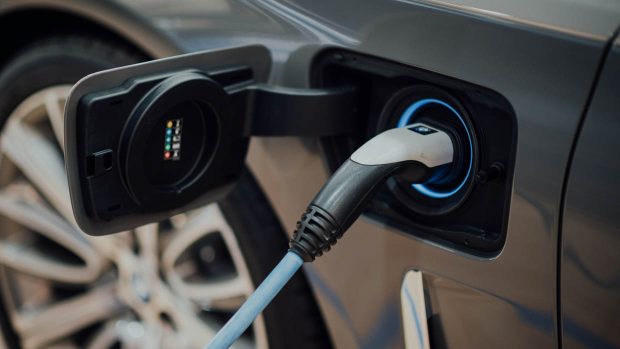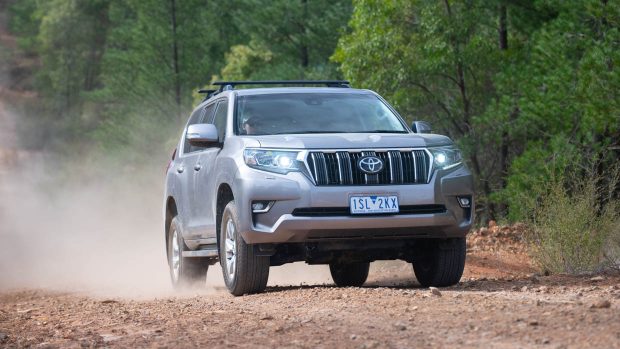-
Car Reviews
- All reviews
- Midsize SUVs
- Small cars
- Utes
- Small SUVs
- Large SUVs
- Large cars
- Sports SUVs
- Sports cars
- Vans
Latest reviews
- Car News
-
Car Comparisons
Latest comparisons
- Chasing Deals
The proposed NVES for Australia has been altered, with greater concessions for heavy-duty four-wheel drives and utes
The Australian Government has made changes to the proposed New Vehicle Efficiency Standard following feedback from importers and motoring bodies that are active in our market.
The Government has weakened the planned NVES, with concessions to be made for heavy-duty four-wheel drives and utes, which would have otherwise been penalised heavily for their high CO2 output.
This could potentially drive up new vehicle prices, according to various industry and political stakeholders.
The concessions mean that some four-wheel drives – those that are built upon a ladder-frame chassis and that can tow more than 3000kg – will be put into the light commercial vehicle class.
This means cars like the Toyota Prado, Mitsubishi Pajero Sport, Ford Everest, Nissan Patrol and the Toyota Land Cruiser will be classified as LCV, rather than a passenger vehicle or SUV.
Some four-wheel drives that were originally classified as passenger vehicles and SUVs (and would therefore be exposed to stricter targets) now fall into a different category, meaning their targets are lenient.
This comes after several local vehicle importers put cases towards the federal government to relax the initially proposed NVES rules.
Isuzu Ute Australia, for its part, warned the Government that it may have to withdraw from Australia under the original tough emission standards that were initially proposed.
The ultimate goal of the NVES is to incentivise low-emission vehicle sales in Australia, and fine those importers that sell high C02 output vehicles.
There will be two targets set: one for passenger vehicles and some SUVs, and the other for utes, vans and larger SUVs of particular specification and capabilities.
For every breach over the target, a fine of $100 per gram of C02 over the threshold will be issued, which is very similar to how other countries operate, such as the European Union.
However, importers will gain credits for each vehicle that beats the C02 target. If vehicles do not meet the target, the importer will need to offset this over a two year period by either bringing in more efficient vehicles, or by buying credits.
The NVES legislation is set to come into effect on 1st January, 2025, however penalties and credits will not come in effect until 1 July 2025.
You can read more about the NVES here on the Chasing Cars website, or at the fact sheet on the Australian Government website.
Latest news
About Chasing cars
Chasing Cars reviews are 100% independent.
Because we are powered by Budget Direct Insurance, we don’t receive advertising or sales revenue from car manufacturers.
We’re truly independent – giving you Australia’s best car reviews.



